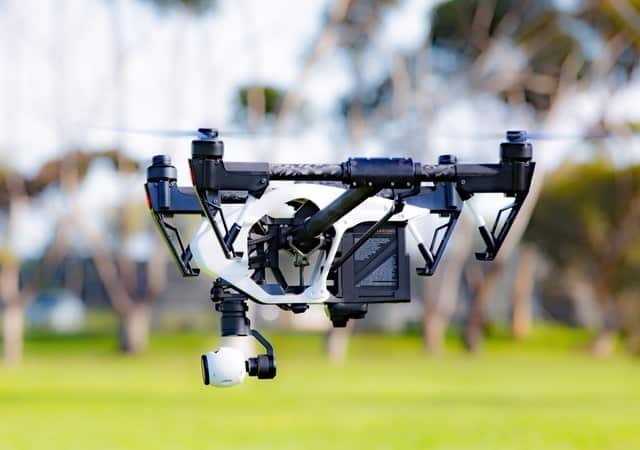There’s a lot of excitement in the world today around atoms, bits, and bytes. I mean think about it, if we’re looking at the world from where it was in the early 1900s to where it is now, we’ll see that there is a significant shift. Modern evolution allows us to communicate and connect in more ways than one. Our current technologies let us go from one part of the world to the other part of the world within a day at most when everything works out well. We can call someone to our location by just pressing a button on an application. Further, we can now create more by using exciting technologies such as 3D printing.
We’re not just changing our interaction and behaviors online, we’re now looking at how we can manipulate our real-world environments with 3D printing, augmentation, and improved tools. We’re looking at ways to improve chemical analysis and also to step it up a notch in how we design our cities, ways of living, and create smarter environments.
Let’s take a look at how the digital is spilling over into the chemical component of our world today.
The Digital Interface and Chemicals

I follow along every now and then on the growth of digital in different industries. I’ve already talked about how digital has spilled over to transportation, social media, and communication. We also know that it is rampant in healthcare with the integration of robotics, and in the movement of medicines as well as the monitoring of patients.
But I’ve also been seeing how more professionals are talking about the rise of digital in the chemicals. They’re looking at these different components to understand how they can be flexible and contribute to the future while beefing up their tech resume portfolios.
The value of digital in the chemicals arena is undoubtedly present. From what I’ve been reading, it will change behaviors and relationships in value and supply chains. The integration of digital and understanding the data that comes with digital interfaces will allow for increased productivity growth and further technological innovation.
But that’s what we’re expecting in artificial intelligence and other technologies. How precisely can it help?
The answer is simple, data.
Data Collection and Scenarios
A critical component of the process is gathering, aggregation, compiling, and allocating the data. Prior to improvements such as the cloud, we’ve had to lay out massive infrastructure, placing data into digital containers and categorizing for later use. It is not so anymore. Now, think about it; after we have storage taken care of, we can use different tools to analyze and play with the data.
We’ve only started to see the boom in this area, and I’m sure it will affect chemical processes significantly as one will have the ability to conduct various scenarios in how everything interacts and can lead to potential discoveries.



